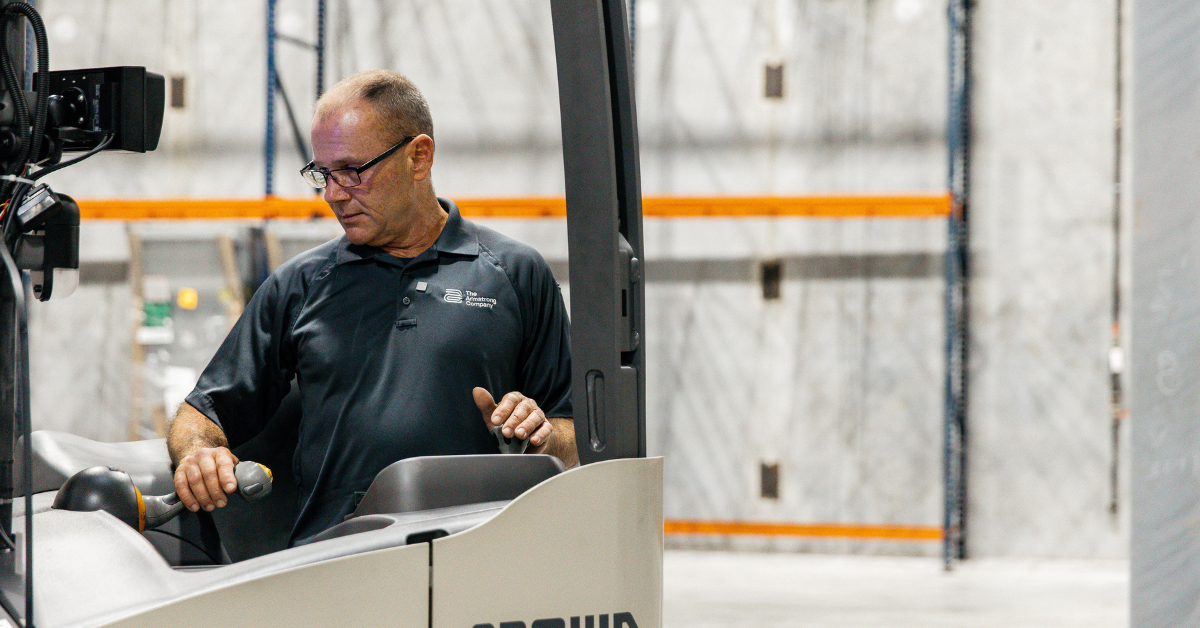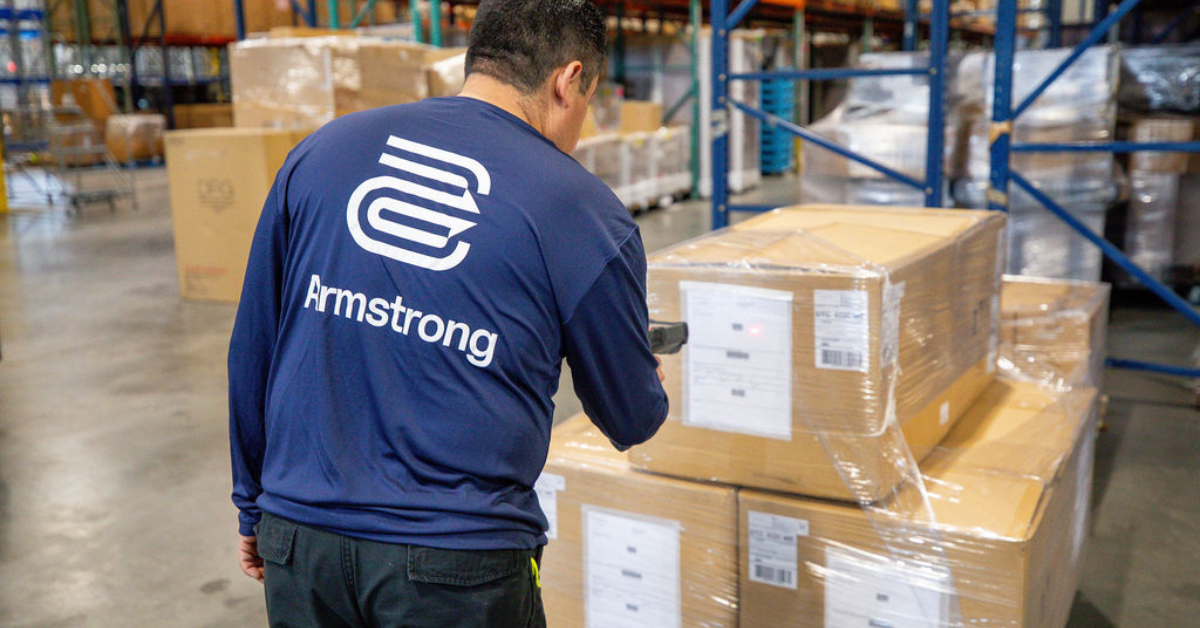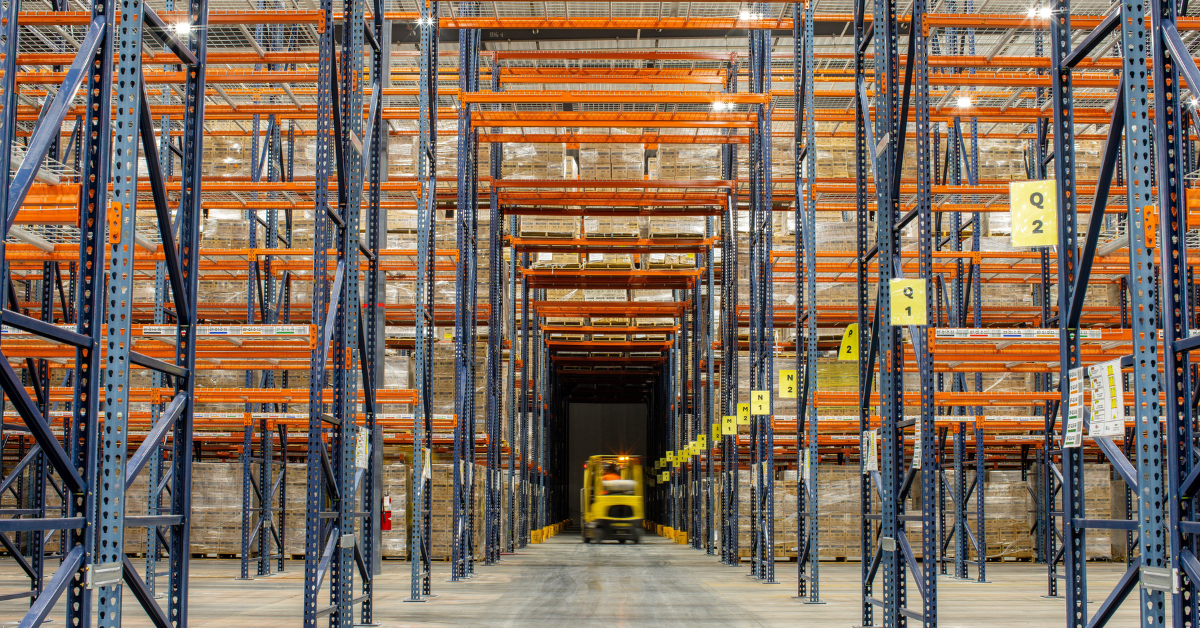Smart Warehousing in Charlotte: How to Maximize Space and Reduce Costs

Efficient warehousing isn’t just a competitive advantage—it’s essential to keeping your supply chain running smoothly. Whether you’re managing inventory for a growing e-commerce brand, coordinating fulfillment for a tech startup, or overseeing logistics for a manufacturing plant, how you handle space and costs inside your warehouse can significantly impact your bottom line.
For businesses in Charlotte, NC—and nearby hubs like Fort Mill and Rock Hill—strategic inventory management, combined with local warehousing services or third-party logistics (3PL) support, is key to scaling efficiently. The right approach helps you maximize space, improve operations and stay cost-effective as your business grows.
In this blog, we’ll explore how to calculate warehouse space, control costs, choose the right 3PL partner and fully take advantage of Charlotte’s innovation economy to optimize your operations.
Why Choose Charlotte for Warehousing and Fulfillment
Charlotte has become a leading logistics hub in the Southeastern United States. With a pro-business environment, strong infrastructure and rapid industrial growth, the Charlotte metro area continues to attract companies looking for scalable, cost-effective warehousing and fulfillment solutions.
Key advantages of warehousing in the Charlotte region include:
Business-Friendly Climate
Low corporate tax rates, a growing labor force and a supportive regulatory environment make Charlotte attractive for startups and enterprise operations.
Booming Innovation and Tech Sector
The city’s growing IT, e-commerce and cloud infrastructure sectors have fueled demand for modern, tech-integrated warehousing and data center solutions in Charlotte.
Charlotte’s Advanced Manufacturing Advantage
Charlotte’s growing advanced manufacturing sector drives demand for modern, flexible warehousing. Industries like aerospace, automotive and energy require just-in-time inventory support, secure storage and proximity to production facilities—all of which are supported by local 3PL services.
Construction Material Storage
With construction booming across Charlotte, Fort Mill and Rock Hill, demand for reliable construction material storage is rising. Contractors need flexible warehousing for short-term staging and long-term storage.
Local 3PLs offer:
- Climate-controlled storage for sensitive materials,
- Secure yard space for oversized or irregular items.
- Just-in-time delivery to keep job sites on schedule.
First-and-Final-Mile Solutions
With direct access to I-85, I-77 and Charlotte Douglas International Airport, the region supports efficient first-and-final-mile delivery. Businesses can reduce transit times, improve last-mile performance and better serve the Charlotte metro area and beyond.
Determining and Calculating Warehouse Space Needs
The first step to more efficient warehousing is understanding exactly how much space your operation requires. Whether managing a distribution center in Charlotte or looking for overflow storage in Fort Mill or Rock Hill, right-sizing your warehouse is critical for efficiency and cost control.
A warehouse space calculator is a great tool to help estimate your needs, but accurate planning starts with the right inputs.
Key factors to consider include:
- Pallet size and quantity: Standard GMA pallets (48″ x 40″) are commonly used, but variations can impact the space needed.
- Product height and stacking limitations: Heavier or fragile items may have stacking restrictions, affecting vertical utilization.
- Aisle width and equipment maneuverability: Forklift operation require wider aisles, but too much space can waste valuable square footage.
- Non-storage zones: Don’t forget to account for loading docks and staging areas, office space for warehouse staff and breakrooms and utility zones.
- Operational variability: Plan for seasonal demand spikes (like Q4 surges in e-commerce), returns and reverse logistics and oversized or irregular items that can’t be stored on standard racks.
Lastly, it’s essential to differentiate between total square footage and usable storage space. Racking systems, structural columns, fire lanes and equipment clearances often reduce the space available for inventory storage—especially in tightly configured metro-area warehouses like those around Charlotte.
Warehouse Capacity and Storage Efficiency
When renting warehouse space from a 3PL, it’s not just about how much square footage you lease—it’s about how efficiently that space is utilized. Maximizing every cubic foot can significantly impact your operational costs, especially in competitive markets like Charlotte, Fort Mill and Rock Hill.
To understand how much inventory your facility can handle, you need to calculate warehouse capacity—this means going beyond the total square footage and assessing available storage space in cubic feet, as well as the overall layout efficiency.
To make the most of your available space, consider these best practices:
- Use racking systems that optimize vertical storage: Tall, reinforced racks allow you to store more per square foot and fully leverage high ceilings.
- Standardize pallet stacking methods: Consistent pallet sizes improve storage predictability and safety, making it easier to calculate how many pallets fit in your space.
- Account for storage cost per pallet: Pallet storage costs can vary depending on location, automation and temperature requirements in areas like Charlotte, Fort Mill and Rock Hill.
- Invest in high-density storage and layout solutions: Techniques like narrow aisle racking, mezzanine levels, or double-deep racks can increase usable capacity without expanding your footprint.
By focusing on space efficiency and understanding the key drivers of warehousing costs, you can optimize your storage capacity, reduce overhead and scale more strategically with your 3PL partner.
Design for Operational Efficiency
A well-designed layout improves productivity, reduces errors, and minimizes handling time while maximizing warehouse space utilization.
Best practices include:
- Dynamic slotting: Adjust pick locations based on product velocity and seasonal demand.
- Zoning: Segment your warehouse based on storage type—e-commerce, bulk, or temperature-sensitive goods.
- Lean inventory principles: Minimize unnecessary movement and streamline material flow.
- Safe traffic design: Ensure clear paths for forklifts and pedestrian movement to reduce accidents.
- Routine layout audits: Identify bottlenecks, optimize flow and adapt to changing inventory needs.
Conducting a Warehouse Cost Analysis
Warehouse expenses can quickly add up without a clear strategy. A comprehensive cost analysis helps you understand where your money is going—and where you can reduce costs without compromising performance.
Start by reviewing the key expenses involved in renting warehouse space from a 3PL:
- Rent and utilities: Warehouses in central Charlotte may be more expensive, but they offer better access to transportation networks and a skilled labor pool, which can improve operational efficiency.
- Staffing and training: Labor is one of the most significant operational costs. Be sure to factor in expenses for training, turnover and safety compliance to maintain a reliable and efficient workforce.
- Technology and software: Budget for critical tools such as warehouse management systems (WMS), barcode scanners and inventory tracking software to improve visibility and accuracy.
- Equipment and storage systems: Consider the cost of purchasing and maintaining essential equipment like forklifts, racking, conveyors and safety systems.
To find savings, focus on:
- Optimizing layout to reduce travel time and enhance pick-and-pack workflows, making your warehouse operations more efficient.
- Reducing energy consumption with smart lighting, motion sensors and better insulation, particularly in large or climate-controlled spaces.
- Automating repetitive tasks such as scanning, sorting and labeling reduces manual labor and increases operational efficiency.
For e-commerce and omnichannel businesses, outsourcing your pick-and-pack operations to a 3PL can often be more cost-effective than handling them internally, especially when considering factors like labor, shrinkage and customer service.
3PL Services and Fulfillment Solutions
Partnering with the right third-party logistics company can unlock greater flexibility, scalability and operational efficiency, especially for fast-growing tech, e-commerce and manufacturing businesses.
A strong 3PL partner offers various fulfillment services that help streamline operations, reduce overhead and support business growth.
Core 3PL and Fulfillment Services Include:
- Warehousing: Flexible short- or long-term storage to reduce overhead and free up internal resources.
- Contract Packaging: Kitting, labeling and bundling to speed up and simplify fulfillment.
- Transportation: Local, regional and national shipping, including LTL and full truckload options.
- Technology: WMS platforms for real-time inventory tracking, reporting and visibility.
- Fulfillment: Scalable pick/pack and shipping for ecommerce, subscriptions and multichannel retail.
How to Choose the Right Logistics Partner
The right third-party logistics (3PL) provider can improve operational efficiency, reduce costs and support long-term growth—while the wrong one can create delays, inventory issues and missed opportunities.
Here’s what to look for when evaluating logistics partners:
Industry Experience and Specialization
Choose a provider with proven experience in your industry—manufacturing, e-commerce, or tech. They should understand your unique inventory, compliance and service requirements.
Scalability and Flexibility
Your logistics partner should be able to scale with you. Look for providers who offer flexible warehouse space, short-term contracts and the ability to adjust services as your business evolves.
Technology and Visibility Tools
A modern 3PL should offer real-time inventory tracking, reporting dashboards and seamless integrations with your systems. Visibility into your supply chain is critical for making fast, informed decisions.
Location and Infrastructure
Proximity to key markets and transportation hubs—like Charlotte’s interstate network and international airport—can reduce transit times and shipping costs.
Local Market Knowledge
A local logistics partner with a deep understanding of Charlotte’s warehousing landscape, regulations and supply chain ecosystem can help you make smarter decisions about site selection and fulfillment strategies.
Service Level Agreements (SLAs) and Responsiveness
Clear SLAs define expectations around accuracy, timeliness and customer service. Ask how they handle issues, communicate with clients and maintain service quality during peak seasons.
Value-Added Services
A strong partner should offer services like contract packaging, kitting, returns processing and custom fulfillment solutions that align with your goals.
Managing Growth Through Scalable Warehousing
Growth is always good but can cause problems if your warehouse isn’t ready to handle it. Planning for scalability helps you stay ahead of demand and avoid costly disruptions.
Scalable warehousing strategies to consider:
- Short-term leases for managing seasonal inventory spikes without long-term commitments.
- Modular racking systems that can be reconfigured as your inventory mix evolves.
- Partnering with a 3PL to handle overflow storage, reverse logistics, or specialized product handling.
Charlotte’s industrial real estate market offers various flexible options to support business expansion. Nearby areas like Fort Mill and Rock Hill provide additional benefits, such as lower operating costs, favorable tax incentives and seamless connectivity to major transport routes—making them ideal for growing warehouse operations without sacrificing efficiency.
Final Thoughts: Smarter Charlotte Warehousing Starts with the Right Strategy
Charlotte’s fast-growing innovation economy makes it a prime location for efficient, cost-effective warehousing—especially for manufacturing, e-commerce and IT businesses. But long-term success isn’t just about how much warehouse space you have—it’s about how effectively you use your available storage space.
Strategic planning around warehouse layout, storage capacity and operational costs is critical. Tools like warehouse space calculators, high-density racking and automation can all help—but one of the most important decisions is whether to outsource warehousing to a logistics partner who understands your needs and growth goals.
The right 3PL provider doesn’t just store your inventory—it acts as an extension of your team. From reliable account management and tailored fulfillment services to technology integration and flexible storage options, they help you scale, streamline and stay competitive.
Explore Armstrong’s moving and logistics solutions and get innovative, scalable solutions designed to fit your industry, inventory and budget.


